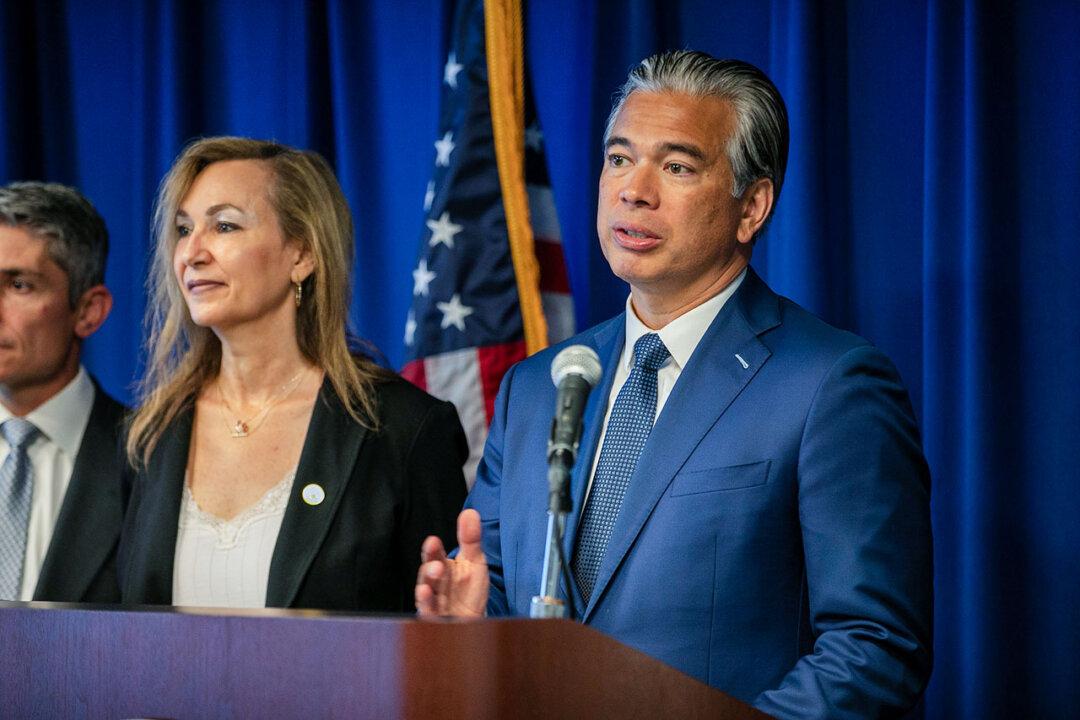LOS ANGELES—Los Angeles County health officials issued a public alert March 8, warning of increased overdose risks associated with the animal sedative xylazine, which has been detected in illicit drugs in areas including San Francisco and San Diego.
LA County reports that the presence of xylazine, commonly known as tranq, in these California cities indicates “that xylazine is now likely present within the drug supply in Los Angeles,” according to its Department of Public Health.





